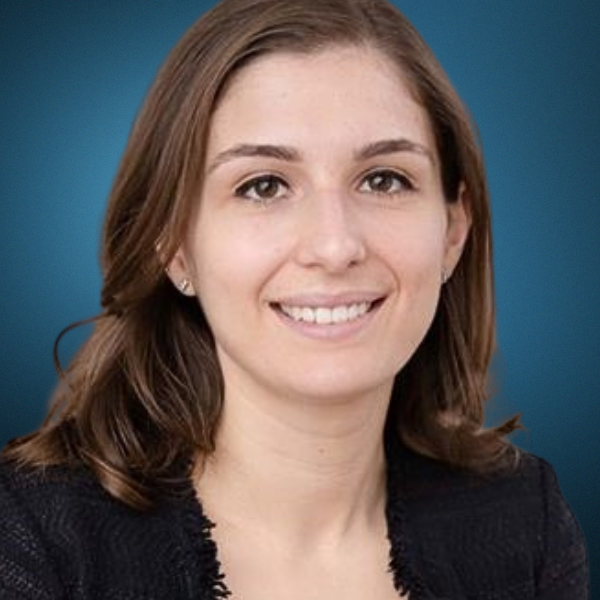 Landscape architect Jane Wolff and Indigenous scholar Jennifer Wemigwans guide host Melissa Gismondi on a tour that explores how water is hidden in Toronto's urban landscape. They examine the city's relationship with water, from buried creeks to the impact of climate change and discuss the need to shift from controlling water to living in a reciprocal relationship with it, and to recognize water's spiritual and ecological significance. This episode highlights how cities can overlook or undervalue water, and the potential consequences of that absence. Jane Wolff was one of the JHI's 2023-24 Faculty Research Fellows and her activist research draws on her education in landscape architecture and documentary filmmaking; it uses drawing, writing, walks, and public installations to decipher and represent the web of relationships, processes, and stories that shape the everyday landscapes of the Anthropocene.
Landscape architect Jane Wolff and Indigenous scholar Jennifer Wemigwans guide host Melissa Gismondi on a tour that explores how water is hidden in Toronto's urban landscape. They examine the city's relationship with water, from buried creeks to the impact of climate change and discuss the need to shift from controlling water to living in a reciprocal relationship with it, and to recognize water's spiritual and ecological significance. This episode highlights how cities can overlook or undervalue water, and the potential consequences of that absence. Jane Wolff was one of the JHI's 2023-24 Faculty Research Fellows and her activist research draws on her education in landscape architecture and documentary filmmaking; it uses drawing, writing, walks, and public installations to decipher and represent the web of relationships, processes, and stories that shape the everyday landscapes of the Anthropocene.
 Humanities at Large is a podcast from the Jackman Humanities Institute that features conversations with our Fellows—scholars, artists and thinkers—who explore how the humanities can offer fresh perspectives on historic and contemporary issues. Organized around an annual theme, Humanities at Large is a must-listen for anyone passionate about the power of ideas! Series 1 includes conversations with Teresa Heffernan, Chloe Bordewich, Nilanjan Das, Jane Wolff, Olivia Shortt and Kamari Maxine Clarke.
Humanities at Large is a podcast from the Jackman Humanities Institute that features conversations with our Fellows—scholars, artists and thinkers—who explore how the humanities can offer fresh perspectives on historic and contemporary issues. Organized around an annual theme, Humanities at Large is a must-listen for anyone passionate about the power of ideas! Series 1 includes conversations with Teresa Heffernan, Chloe Bordewich, Nilanjan Das, Jane Wolff, Olivia Shortt and Kamari Maxine Clarke.
Host Melissa Gismondi (she/her) is an award-winning writer and audio producer. She holds a PhD in American history and was the 2020-2021 New Media Public Humanities Fellow at the Jackman Humanities Institute.
Listen now above or on Apple, Spotify, Amazon Music, iHeartRadio, YouTube, Deezer or Player FM. For a full list of all available episodes visit out podcast page.
Series 1—Absence
Absence takes many forms - absence as loss, abandonment, and omission; absence as exile, separation, and unbelonging; and, paradoxically, absence as boundless, infinite, and transcendent. Ways of knowing, communal memory, as well as personal and cultural identities are all shaped, challenged, and even denied by various types of absences. Voids, silences, privations, gaps and solitudes are forces in themselves. What is not there can be even more powerful than what is there. How does absence affect our views of and place in the world? What meaning can we make of those “blank void regions”? What happens when absence is present? How are today's technologies and our networked world challenging the binary distinction of presence and absence?


